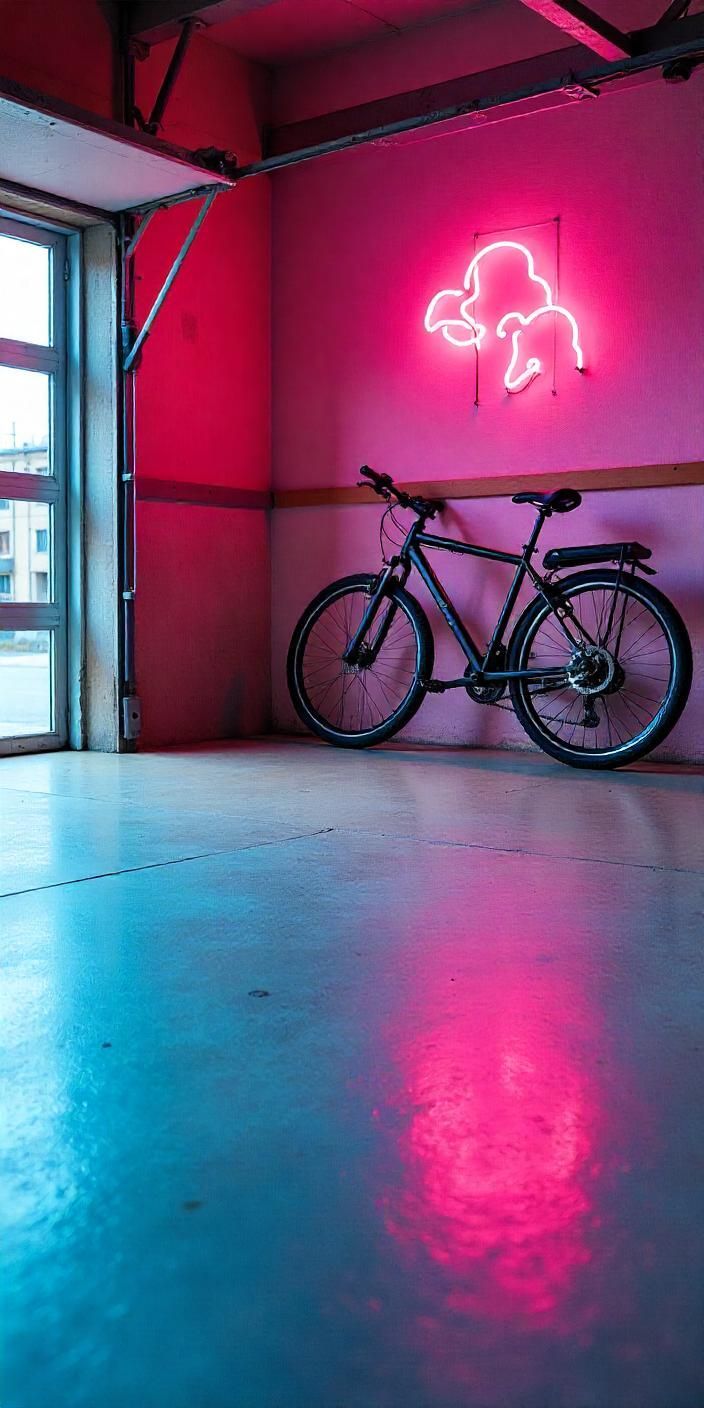Cost of Epoxy Flooring: What to Expect and Budget For
The cost of epoxy flooring can vary widely depending on several factors, including the size of the area, the type of epoxy used, and the complexity of the installation. On average, epoxy flooring costs between $3 and $12 per square foot, with most homeowners spending around $6 to $8 per square foot for a standard installation. However, high-end finishes, such as metallic or decorative patterns, can increase the cost to $10 to $15 per square foot or more. It's essential to get itemized quotes from contractors to understand the full scope of the project and the associated costs.
When budgeting for epoxy flooring, it's important to consider not only the cost of materials and installation but also any additional expenses that may arise. For example, surface preparation is a critical step in the epoxy flooring process and can add to the overall cost. This preparation may involve cleaning, repairing cracks or damage, and applying a primer. Depending on the condition of your existing floor, these tasks can increase the total cost. Additionally, if you require specialized finishes or custom designs, these features will also impact the final price.
To ensure you stay within your budget, it's helpful to discuss your expectations and requirements with the contractor upfront. Be clear about the look you want to achieve and any specific needs you have for the space. The contractor can then provide recommendations and options that align with your budget. It's also a good idea to set aside a contingency fund for any unexpected expenses that may arise during the installation process. By planning ahead and understanding the potential costs, you can make informed decisions and achieve the desired results without breaking the bank.
Popular Epoxy Flooring Designs and Finishes
Epoxy flooring offers a wide range of designs and finishes, allowing you to create a unique and personalized look for your space. One popular option is the metallic finish, which creates a shimmering, three-dimensional effect that adds depth and elegance to any room. Metallic epoxy floors are achieved by mixing metallic pigments with the epoxy resin, resulting in a stunning, reflective surface that mimics the look of metal or marble. This finish is ideal for high-end residential spaces, showrooms, and commercial settings where you want to make a bold statement.
Another popular design option is the decorative flake finish, which involves scattering colored flakes or chips onto the wet epoxy and then sealing them with a clear topcoat. This finish provides a textured, multi-colored appearance that can be customized to match your décor. The decorative flake finish is commonly used in garages, basements, and commercial spaces due to its slip-resistant properties and ability to hide dirt and imperfections. The flakes come in various colors and sizes, allowing you to create a unique pattern that suits your style.
For those who prefer a more subtle and classic look, solid color epoxy floors are an excellent choice. This finish involves applying a single color of epoxy resin to create a smooth, uniform surface. Solid color epoxy floors are available in a wide range of hues, from neutral tones to vibrant colors, making it easy to find the perfect match for your space. This finish is ideal for areas where you want a clean, polished look without distracting patterns or textures. Solid color epoxy floors are versatile and can be used in both residential and commercial settings.
Maintenance Tips for Long-Lasting Epoxy Floors
Proper maintenance is essential for keeping your epoxy floors looking their best and ensuring their longevity. One of the most important maintenance tips is to clean the floors regularly. Dust, dirt, and debris can accumulate on the surface and cause scratches or dull the finish over time. Use a soft broom or a dust mop to sweep the floors regularly, and for deeper cleaning, use a mild detergent mixed with water and a soft mop. Avoid using harsh chemicals or abrasive cleaning tools, as these can damage the epoxy finish.
Another key aspect of maintaining epoxy floors is to address spills and stains promptly. Although epoxy floors are resistant to stains and chemicals, it's still important to clean up spills as soon as they occur to prevent any potential damage. Use a soft cloth or paper towel to blot the spill, and then clean the area with a mild detergent and water. For stubborn stains, you can use a gentle cleaner designed specifically for epoxy floors. Regular maintenance and prompt attention to spills will help keep your floors looking pristine.
Protecting your epoxy floors from heavy impact and abrasion is also crucial for their longevity. Use furniture pads or mats under heavy furniture and equipment to prevent scratches and dents. In high-traffic areas, consider using rugs or runners to reduce wear and tear. Additionally, avoid dragging heavy objects across the floor, as this can cause damage to the epoxy surface. By taking these precautions and following a regular maintenance routine, you can ensure that your epoxy floors remain beautiful and durable for years to come.
Conclusion: Making the Right Choice for Your Epoxy Flooring Upgrade
Epoxy flooring offers a unique combination of durability, design flexibility, and ease of maintenance, making it an excellent choice for a wide range of applications. Whether you're upgrading your garage, enhancing your business, or transforming your home's interior, epoxy flooring can provide a stunning and long-lasting solution.







